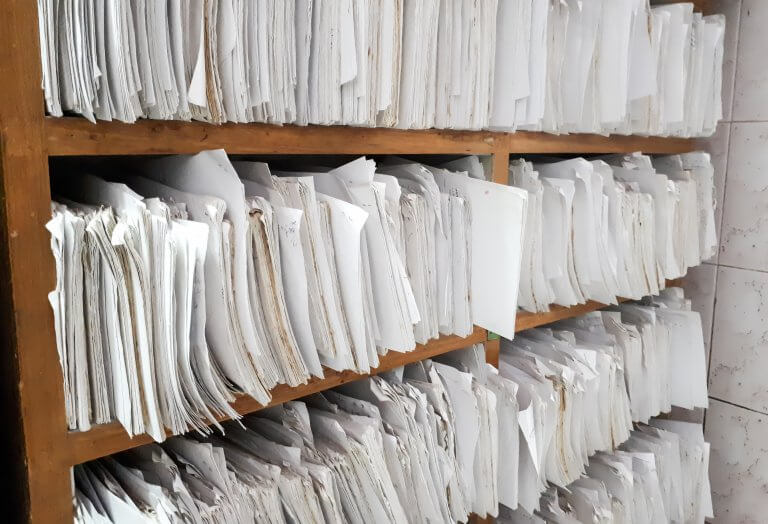You may think that storing paper records of all actions your business takes part in is a good idea. You should reconsider that.
As an article from El Cronista states, reality is quite different. The trend of turning paper forms into electronic forms is presented as a network management tool for companies, as well as public organizations and private enterprises. Mainly by using solutions for electronic devices, the elimination of paper by companies answers to the need improving factors such as productivity and efficiency, bringing relief from administrative work.
But what about the costs of using paper documents? Many times these costs are really high for companies and they go unnoticed as “administrative expenses”. In this line, the adoption of web or mobile solutions to replace or complement paper documents in your company leads not only to higher productivity (and happier file clerks), but it also promotes an important reduction in costs of using paper forms which results highly enticing especially for organizations troubled by expenses they see no way of reducing.
Public organizations worldwide are following the example provided by companies and have already started saying paper goodbye once the costs of using paper documents came into their attention. That is the case of the administrative paperwork generated by the public central administration of Argentinian province of Mendoza, which will become 100% digital by mid-2017 according to the local newspaper Diario Uno. The digitalization strategy was adopted after determining the high costs of using paper documents: on average, USD 513,762 are spent yearly to print the Official Gazette which requires 280 tons of paper, and USD 62.654 yearly to print paycheck stubs to settle 180 salaries which consumed 10 tons of paper.
And what happens with the costs of using paper documents in companies?

According to QuePublishing the typical U.S. office worker uses more than 10,000 sheets of paper per year, which is about 2 cases of paper per employee. With an average price of $40 for a case of standard copy paper, this is an $80 annual cost per employee. The cost of the paper is only about 10–11% of the lifecycle cost of that paper. The main costs of paper documentation fall into copying, delivery, handling, storage, and retrieval of that paper, with copying costs at 33% and distribution costs at 56%.
Quoting PricewaterhouseCoopers, the website indicates that the average organization spends about $20 in labor to file each paper document, approximately $120 in labor searching for each misfiled document, and $220 in re-creation of a document. A study conducted by Deloitte & Touche in the early 1990s found that U.S. managers spent an average of three hours a week looking for paper that had been misfiled, mislabeled, or lost.
According to the website, considerable time is still wasted and used inefficiently in managing paper documentation, especially when a high percentage of the data is created and generated electronically.
The real clincher in relation to costs of using paper documents is that studies show that over 45% of the files in those cabinets are duplicated information, and 80% is never accessed again!
Now that you are aware of the costs of using paper documents, the chance of saving your company a considerable amount of money by digitalizing your information is in your hands. The solution is just a few clicks away!
DataScope is a platform which allows various industries to streamline, organize and evaluate the work of their field staffs thanks to online forms which provide real time indicators 100% adaptable to any field.





